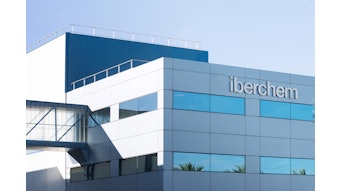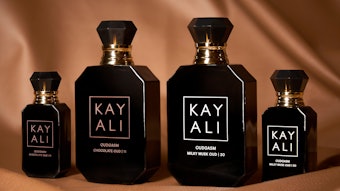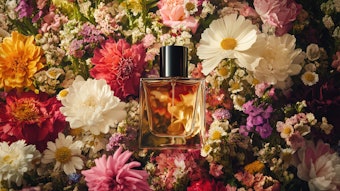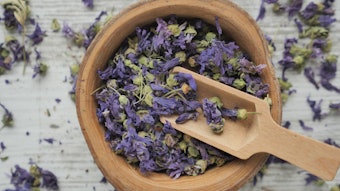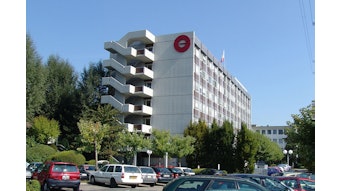Perfumers and flavorists deal largely with volatile substances, many of which occur as components of natural mixtures, while others are synthetic organic chemicals. The interests of these workers range from analysis to the creation of new blends and mixtures (with a view to consumer acceptance), to establishing the degree of correlation between specific components and the overall sensory attributes of those mixtures.
The attainment of these goals, whether they are primarily qualitative or quantitative, may require and is almost always facilitated by resolution of the individual components in the mixture under investigation. “Chromatography,” defined as the science of separation, has become an indispensable tool to both perfumers and flavorists. Gas chromatography is by far the most powerful of the chromatographic techniques; indeed, it is so powerful that untrained analysts can misuse poorly designed equipment and still generate useful data. As a result, only a fraction of the vast numbers of practicing chromatographers possess an understanding of the fundamental chromatographic concepts sufficient to its most efficient utilization.
Recognition of the tremendous utility of this process was slow in coming. Following its conception in 1948 by James and Martin, it lay largely fallow until 1954 when Ray combined gas chromatography with thermal conductivity detection, and published the first “chromatogram.” That action seduced many workers, including me and probably some of you, into this field.

